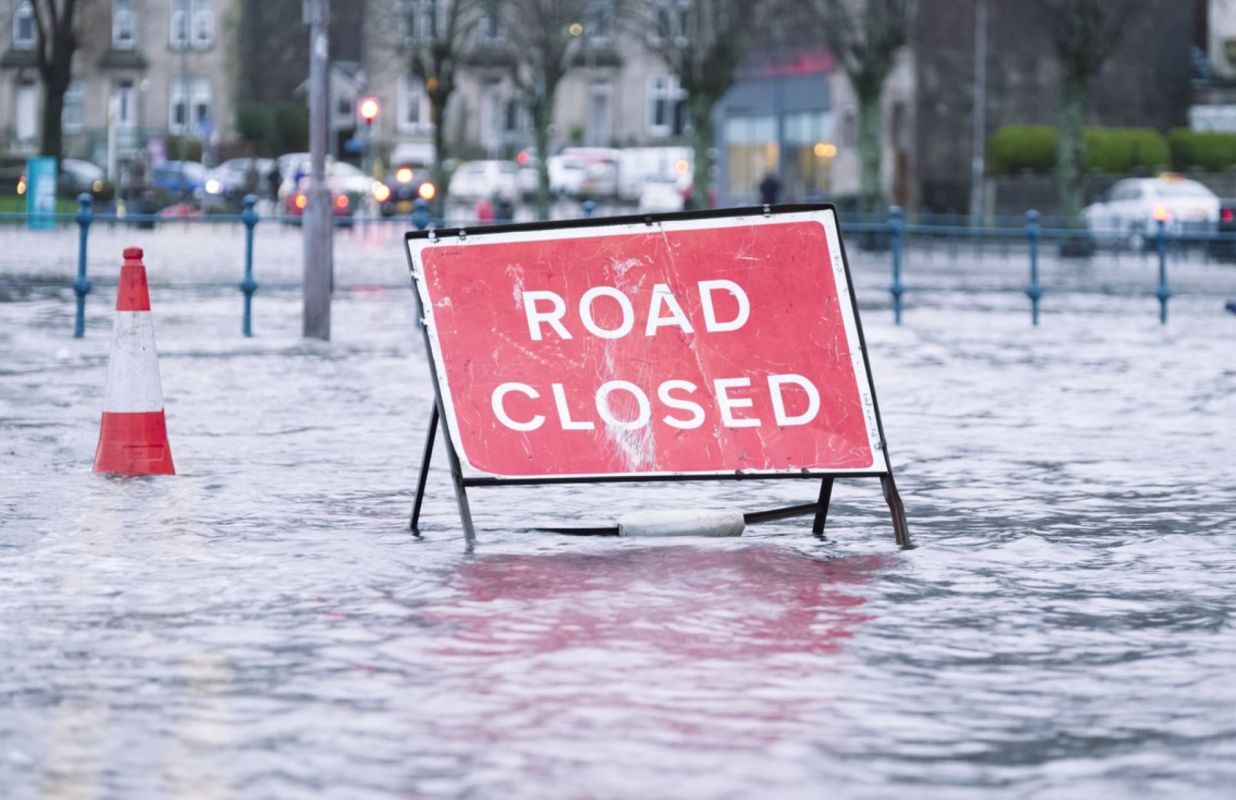Bad news for those fighting to keep the planet from overheating: El Niño is here, and things are only going to get warmer, at least in the short term. The return of El Niño paves the way for global temperatures to spike and extreme weather conditions to occur.
What's happening?
In early July, the World Meteorological Organization (WMO), the weather agency for the United Nations, declared that El Niño has officially begun. El Niño occurs when the surface temperature in the tropical eastern Pacific Ocean reaches 0.9 degrees Fahrenheit above average for a period of three months, Smithsonian Magazine reported.
El Niño's effect on the atmosphere can have devastating consequences on weather and wildfires, which in turn lead to equally devastating consequences on economies. On top of that, the spike in temperature, along with extreme weather events, puts lives at risk.
Why is El Niño concerning?
The rise in global temperatures due to El Niño couldn't come at a worse time. The warmest eight years on record have all been since 2015, per the WMO, with the hottest three being 2016, 2019, and 2020. The first one may have had something to do with an unusual El Niño event that reportedly kicked off in 2014.
An El Niño generally occurs every two to seven years and lasts nine to twelve months. But the one that began in 2014, some say, lasted until 2016. Others say El Niño "failed" in 2014 and occurred in back-to-back years for 2015-2016. Either way, that's not normal. Then, a weaker El Niño happened in 2018-2019.
Already this year, Japan experienced its hottest spring on record, per the Japan Times, and the UK recorded its hottest June ever, according to Reuters.
To make matters worse, the UK's Meteorological Office recently released a study finding that there's a good possibility that sometime in the next five years, the global temperature will temporarily exceed 2.7 degrees Fahrenheit above pre-industrial levels. That's the threshold the UN marked for staving off severe climate disruptions that could be disastrous.
What's being done to prepare for El Niño?
Petteri Taalas, the secretary general of the WMO, told CNBC, "The declaration of an El Niño by WMO is the signal to governments around the world to mobilize preparations to limit the impacts on our health, our ecosystems, and our economies."
Taalas called on governments worldwide to heed early warnings and take "anticipatory action" before extreme weather occurs. Yet it's also up to individuals to do their part to ensure their own safety and the safety of those around them.
El Niño — especially in an already warmed world — will likely bring with it droughts, floods, wildfires, and intense storms, so what it means to be prepared depends on where you're located.
Join our free newsletter for cool news and cool tips that make it easy to help yourself while helping the planet.









